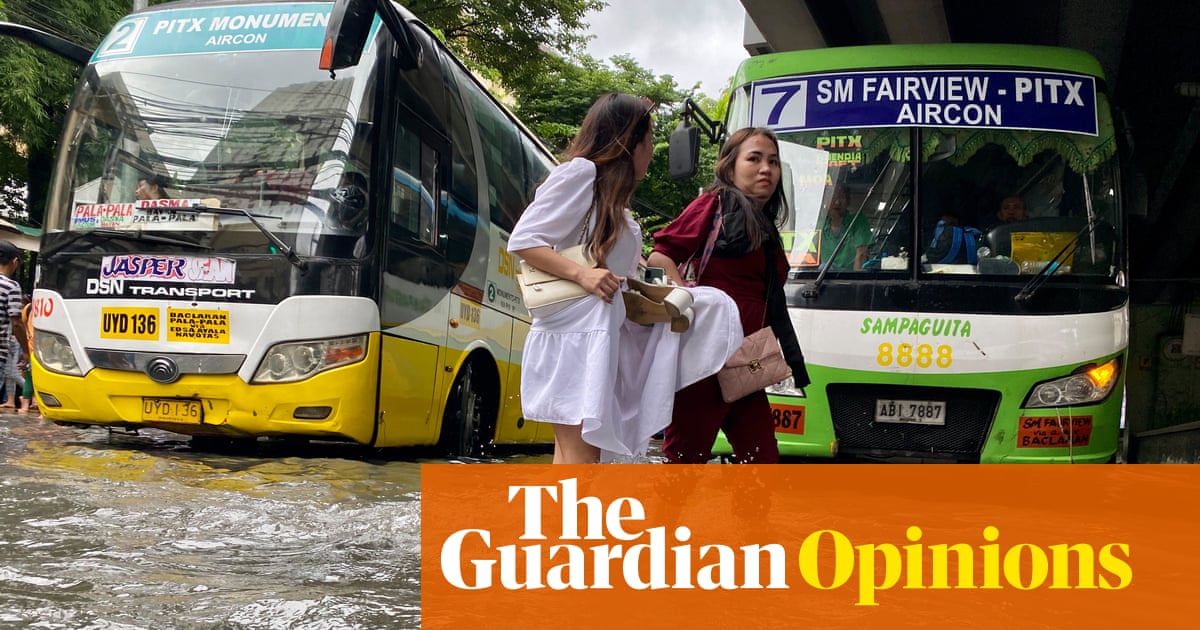
More people are beginning to see it. Not clearly, but something is coming into view. When a policeman, known to colleagues as “the rapist”, murders a woman after luring her with his police credentials, when another has an exploitative relationship undercover, when two officers take and share pictures of dead women, something begins to confront us, no matter how much we would like to look away.
It’s clearly more than “one bad apple”, it’s clearly not just the usual level of violence against women that we’ve come to accept as background noise, it clearly happens often enough for it to raise questions about the police force itself. These questions aren’t about police failure – failure suggests the system is trying to prevent these incidents but not succeeding.
Instead, we should be asking what it is about policing that seems to encourage these violations? Whether the police, perhaps, are not merely a reflection of society’s ills but built to uphold them? What if these people are not just harming us occasionally, but not serving their primary function of protecting us at all?
Once we start asking these questions, we begin to see not who the police serve, but who they harm. The answer is, a lot of people. We can conduct a quick experiment to test where you land on either side of this divide. If you see a policeman, police car or group of police officers, do you feel safer or slightly on edge?
If your reaction is the former, then you are fortunate. If it is the latter, you join the thousands of black, brown, Asian and minority-ethnic people, working-class people, and women, who have been assaulted, framed, given overly long sentences and criminalised for petty offences. Policing has not lost its way, but is functioning exactly in the way it was designed to do – to wield disproportionate, coercive power to maintain a social order that protects the powerful and victimises the weak.
Since its beginning, the primary purpose of Anglo-European policing was to exert control and quell uprisings by those demanding rights – be they sovereign, racial or economic – and protect those with land, property and wealth. The world may have changed since the days of British “bobbies” suppressing Irish republicanism, and escaped-slave-hunting militias in the US, but the mentality and structure of those institutions endures.
We see it in the excessive policing of protests from Occupy Wall Street to Black Lives Matter marches. We see it in how antisocial behaviour orders were used to criminalise begging and prostitution. We see it in the militarisation of police forces, with hi-tech weapons and intelligence tactics used against civilians.
That is not to deny there are many police officers who are on the right side. But once these historical strands are bound together, they cannot be pulled apart by the resignation of the Metropolitan police commissioner, Cressida Dick, or harsh sentences for perpetrators. Even when we recognise the extent of the problem, we still fall short. When we say the police are plagued by “structural racism” or “structural misogyny”, we inadvertently obscure, rather than reveal, the real scale of the problem. The problem is not structural, it is fundamental, foundational even.
In her book, Becoming Abolitionists, the lawyer and activist Derecka Purnell explains how the biggest supporters of police abolition are the police’s first victims, those in the neighbourhoods that need protection the most. “When people come across police abolition for the first time,” she writes, “they tend to dismiss abolitionists for not caring about neighbourhood safety or the victims of violence. They tend to forget that often, we are those victims, those survivors of violence.”
Abolition sounds like a radical and impossible proposition. But if you have recently started thinking that things cannot continue the way they are, then you are contemplating not reform but some form of abolition. A drastic change that rethinks policing, so as to make it less open to abuses of power but also more effective, starts to seem less radical and more unavoidable.
But the next step is the hardest. What does a world with no, or a different, form of security look like? We do not allow ourselves to think there is any alternative to how we are policed because for too long this has simply been the way it is. We are paralysed by a lack of vision of what a fair and accountable system would look like. And so we are left frustrated by the knowledge that our angry demands for inquiries or resignations will not solve the problem, and lack the language to ask for more. The closest we have come is the demand to “defund the police” after the death of George Floyd – a call not to invest in more policing, but instead to give resources to community and public health schemes to address the social ills that can lead to crime.
Change did not happen after Stephen Lawrence, and it will not happen after Sarah Everard. We are resigned to the fact that innocent people get hurt. We are more willing to contemplate a world in which women simply must get better at judging which police officers are safe and which are a threat, than consider the possibility that policing needs replacing with something altogether different. No small reform will save the next woman. We must allow ourselves to be confronted by that fact. The truly impossible future is that things continue as they are.
Nesrine Malik is a Guardian columnist












